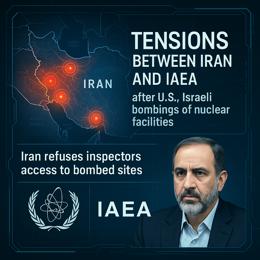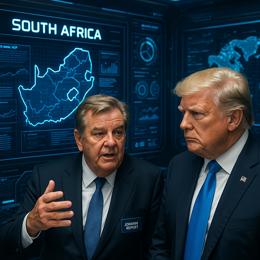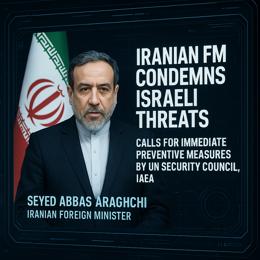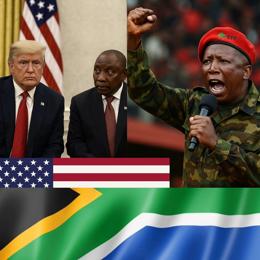Image created by AI
Rising Geopolitical Tensions Fuel Surge in Global Arms Sales
Amid growing geopolitical uncertainties, the international arms market has witnessed a substantial increase in sales, particularly in Europe, the Middle East, and Asia. This surge has been primarily attributed to the apprehensions regarding the assertive military ambitions of nations such as China, Russia, and Iran. A recent study by the Stockholm International Peace Research Institute (SIPRI) reveals a stark rise in arms procurement, with significant implications for global security dynamics.
In the period 2019-23, Europe doubled its arms imports compared to 2014-18, with Ukraine emerging as the largest regional importer and the fourth-largest globally. This dramatic rise reflects the continent's deepening security concerns, largely propelled by Russia's military engagement in Ukraine. The SIPRI report underscored a notable trend towards European nations bolstering their defense arsenals, reacting to what is perceived as an eroding security landscape.
Asia, driven by strategic apprehensions particularly about China's regional ambitions, accounted for the largest portion of global arms exports, 37%. Nations like Japan, Australia, and India have been at the forefront of this arms accumulation. Japan alone has increased its imports by more than two-fold, including a substantial order of long-range missiles.
The Middle East, with a 30% slice of global imports, has also seen significant activity in the arms market. The region's nations, led by US allies such as Qatar, Egypt, and Saudi Arabia, have intensified their military acquisitions. This increase is interpreted not only as a precaution against potential Iranian aggression but also as a response to ongoing conflicts where these arms are actively being utilized, as seen in the Saudi involvement in Yemen.
Notably, the United States has consolidated its position as the world’s top arms exporter, commanding a 42% market share. The prominent role of the F-35 Lightning II fighter jet has endorsed the US's status, with several of its allies opting for this advanced aircraft to modernize their air forces. Meanwhile, European nations, including the UK and Switzerland, have significantly expanded their export volumes, collectively accounting for 31% of the world's weapons exports.
France experienced a nearly 50% increase in arms exports, surpassing Russia to become the second-largest exporter. Fighter aircraft sales bolstered this gain, particularly of Dassault’s Rafale jet. South Korea also stood out as a nascent major arms exporter, concluding major agreements with Poland.
Conversely, Russia's share in global arms exports has plummeted to 11%, a decline attributed to both the ongoing war in Ukraine and a diminishing appeal of Russian military technology. Traditionally significant clients like China and India have started to diversify their suppliers due to concerns over the quality and reliability of Russian arms.
This shift in the global arms trade patterns is indicative of a deeper undercurrent wherein European nations are striving to rejuvenate their defense industries. The SIPRI report suggests a growing European endeavor to boost production capabilities, reflecting a determination to fortify the continent’s security architecture independently, especially in light of delays in military aid from allies like the US.
The revitalization of Europe's defense sector is not unanimously appraised as a search for autonomy. Scholars emphasize the importance of forging strong international partnerships to bolster defense capabilities. This nuanced perspective highlights the necessity for a balance between self-sufficiency and the benefits of harmonious international defense collaboratives.










